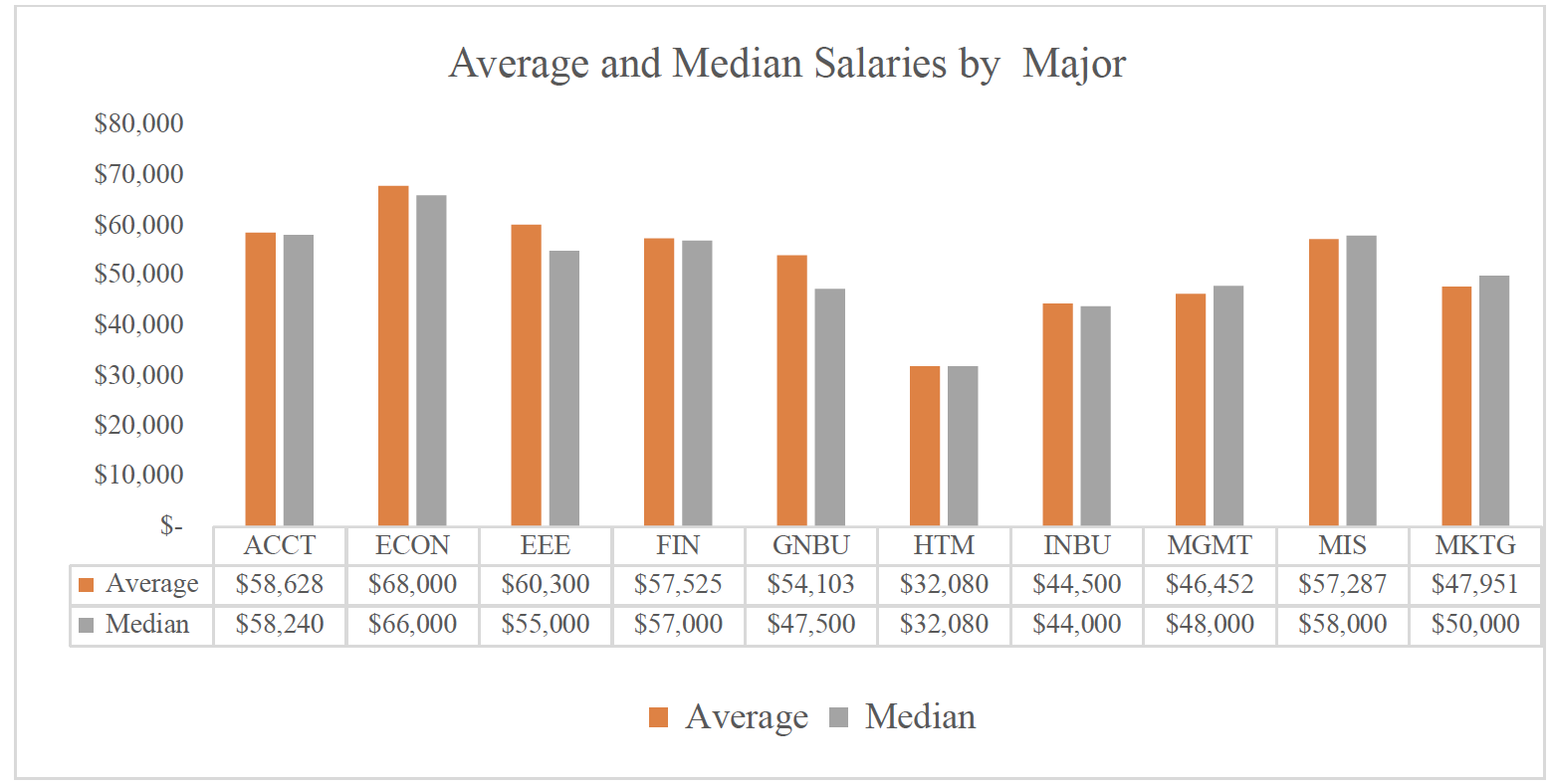
A general account ledger (GAL) is the starting point for your budgeting and accounts receivable turnover calculations. This report shows you the current bank balance, as well as the amount spent on printing and professional service. Perhaps your accountant has raised rates, or you recently resolved a dispute between employees and an attorney. You can also review the history of activity for the past year. It will give insight into the performance and profitability of your business.
Chart of accounts
The chart of Accounts is the base of financial recordkeeping. It displays the balances of all business accounts including revenue, expenses and equity. It can be customized for your company's unique needs, but it should follow standardized financial reporting standards. Chart of accounts should reflect actual business transactions. This is not limited to the business's objectives. This article will address the most common questions about chart of accounts. After reading this article, you should be able to select the right chart of accounts for your business.

Sub-ledgers
A company's inventory is recorded in a sub-ledger of the general account ledger. These sub-ledgers show how many items are currently in stock, as well as their cost. Wholesalers, manufacturers, and retailers keep detailed records about the quantity of each item. This quantitative record is used to verify that a company has the correct amount of stock at all times, as well as account for variances in cost. These sub-ledgers also include information about depreciation and purchase returns.
General ledger accounts
The most popular accounting system is called the general account leadger. By recording transactions under separate heads, it facilitates bank reconciliation. It can also be used to analyze accounting ratios and help businesses determine how much money they owe creditors and their debtors. This system uses a double-entry method. An increase in a liability will result in crediting it, while a decrease will result. These are the most common uses of the general accounts ledger.
Purpose of a general ledger
The General Account Ledger is the backbone of your business's recordkeeping, and it is one of the most important components of your accounting system. This account is the basis of financial statements and helps you determine the health of your business's cash flow. This account is essential for any business, large or small. It allows you to track how much money you have generated and what you spend it on.

General ledger characteristics
A general account ledger is a series of general accounts, including the accounts payable and receivable, fixed assets, and cash. All of these accounts can be linked together to create financial statements. The general ledger offers many advantages, including the ability to accurately reflect transactions from all accounts. Its ability to quickly track information, which makes it an excellent tool for error correction, is one of its many advantages. Below are some characteristics of a general ledger.
FAQ
What is the average time it takes to become an accountant
To become an accountant, one needs to pass the CPA exam. Most people who want to become accountants study for about 4 years before they sit for the exam.
After passing the test, one must work as an associate for at least 3 consecutive years before becoming a certified professional accountant (CPA).
Why Is Accounting Useful for Small Business Owners?
Accounting is not only for large businesses. Accounting can also be useful for small businesses because it allows them to track how much money they spend and make.
If you run a small business, you likely know how much money comes in each month. But what if your accountant doesn't do this for a monthly basis? You may wonder where you're spending your money. You could also forget to pay bills on-time, which could impact your credit score.
Accounting software makes managing your finances simple. There are many kinds of accounting software. Some are completely free, while others can cost hundreds of thousands of dollars.
It doesn't matter which accounting system you use; you need to know its basic functions. So you don't waste your time trying to figure out how to use it.
These are the three most important tasks you should know:
-
Input transactions into the accounting software.
-
Keep track of your income and expenses.
-
Prepare reports.
These three steps will help you get started with your new accounting system.
What does it entail to reconcile accounts?
A reconciliation is the comparison of two sets. One set of numbers is called the source, and the other is called reconciled.
The source contains actual figures. While the reconciled indicates the figure that should not be used,
For example, suppose someone owes $50 but you only get $50. You would subtract $50 from $100 to reconcile the situation.
This ensures the system doesn't make any mistakes.
What training is needed to become an accountant?
Bookkeepers must have basic math skills such as addition, subtract, multiplication and division, fractions or percentages, and simple algebra.
They should also know how to use computers.
Many bookkeepers have a highschool diploma. Some even have college degrees.
What happens if I don’t reconcile my bank statements?
You may not realize you made a mistake until the end of the month if you don't reconcile your bank statements.
At that point, you'll have to go through the entire process again.
How can I find out if my business needs an accountant
Many companies hire accountants after reaching certain levels. If a company has $10 million annual sales or more, it will need one.
Some companies, however, hire accountants regardless their size. These include small companies, sole proprietorships as well partnerships and corporations.
A company's size doesn't matter. It doesn't matter how big a company is.
If it does, then the company needs an accountant. If it doesn’t, then it shouldn’t.
Statistics
- "Durham Technical Community College reported that the most difficult part of their job was not maintaining financial records, which accounted for 50 percent of their time. (kpmgspark.com)
- In fact, a TD Bank survey polled over 500 U.S. small business owners discovered that bookkeeping is their most hated, with the next most hated task falling a whopping 24% behind. (kpmgspark.com)
- Employment of accountants and auditors is projected to grow four percent through 2029, according to the BLS—a rate of growth that is about average for all occupations nationwide.1 (rasmussen.edu)
- BooksTime makes sure your numbers are 100% accurate (bookstime.com)
- According to the BLS, accounting and auditing professionals reported a 2020 median annual salary of $73,560, which is nearly double that of the national average earnings for all workers.1 (rasmussen.edu)
External Links
How To
How to do bookkeeping
There are many types of accounting software available today. There are many types of accounting software available today. Some are free while others cost money. However, they all offer basic features like invoicing and billing, inventory management as well as payroll processing, point of sale systems and financial reporting. Below is a short description of some common accounting packages.
Free Accounting Software: Free accounting software is usually offered for personal use only. Although the software may be limited in functionality, such as not being able to create your own reports, it is very easy to use. Many free programs also allow you to download data directly into spreadsheets, making them useful if you want to analyze your business's numbers yourself.
Paid Accounting Software: Paid accounts are designed for businesses with multiple employees. These accounts include powerful tools to manage employee records, track sales and expenses, generate reports, and automate processes. Most paid programs require at least one year's subscription fee, although there are several companies offering subscriptions that last less than six months.
Cloud Accounting Software: You can access your files from anywhere online using cloud accounting software. This program is becoming more popular as it can save you space, reduce clutter, makes remote work much easier, and allows you to access your files from anywhere online. It doesn't require you to install additional software. All you need to access cloud storage is an Internet connection.
Desktop Accounting Software - Desktop accounting software runs locally on the computer. Desktop software allows you to access your files anywhere, even via mobile devices, just like cloud software. However, unlike cloud software, you must install the software on your computer before you can use it.
Mobile Accounting Software: Mobile accounting software is specifically designed to run on small devices like smartphones and tablets. These programs make it easy to manage your finances wherever you are. Although they offer less functionality than full-fledged desktop applications, they are still very useful for people who travel or run errands.
Online Accounting Software: This software is primarily designed for small businesses. It includes everything that a traditional desktop package does plus a few extra bells and whistles. Online software doesn't need to be installed. All you have to do is log on and get started using it. Online software also offers the opportunity to save money as you can avoid local office fees.